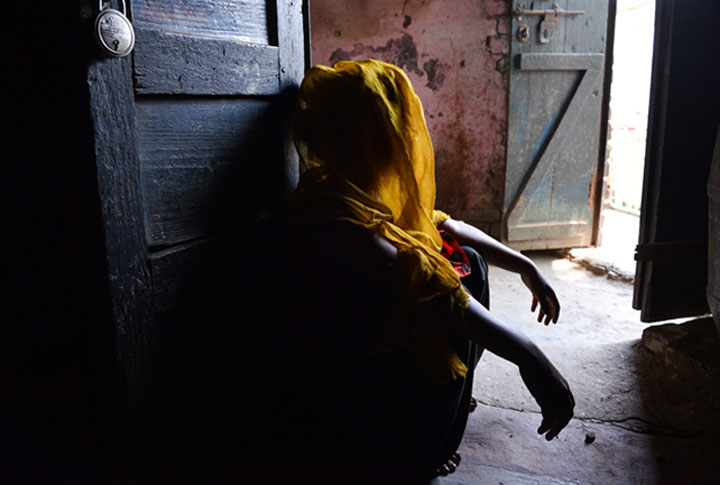TORONTO – A new global survey reveals that people around the world think violence against children is a common, growing and under-reported problem, yet one that is still surrounded in misconception and misunderstanding.

“Violence against children is the most pervasive, dangerous, silent horror of our time,” said report lead Dr. Kirsty Nowlan, director of public policy for World Vision International. “It is shrouded in misunderstandings and misperceptions – and they’re holding back progress on this issue.”
Led by World Vision and Ipsos Reid, the report Fearing Wrong interviewed more than 11,000 people aged 16 and over from 28 countries around the world and found that 61 per cent of people think that “out there” – public transportation and other public places – is where children are most likely to be at risk.
“Tragically, this is wrong. The most dangerous place for too many children around the world is their own home, where they should be safest,” said Nowlan.
The survey results also found that there is often—though not always—discrepancies between what danger people think children are vulnerable to and what they are actually exposed to and inconsistencies in perceptions of trends. This varies depending on the country, age group and personal experience—those who know a child victim of violence, for example, are more likely to feel that violence against children is not something that can be addressed in their lifetime and that it has become more frequent in the past five years.
Overall, in some cases, the attitudes and beliefs expressed in response to the survey questions closely reflect the realities of violence committed against children. In many cases, they do not.
Based on the report results, here’s a look at common myths and misconceptions regarding violence against children.
Children are most at risk in public places or on public transportation.
The report says that immediate family members are the most common perpetrators of all forms of abuse, accounting for 34 per cent of reported cases where the perpetrator was known.
In the past five years violence against children has increased.
The results are mixed, but some forms of violence are decreasing. Harmful traditional practices are declining; there are fewer child labourers than 12 years ago and the proportion of girls forced into early marriage is better than in the 1980s.
Child labour is harmful but does not have a long lasting impact.
According to the report, 79 per cent of those surveyed believe child labour is harmful, but 28 per cent of people do not believe that harm will have a long lasting impact.
Experts say child labour affects a child’s long-term health and the development of their cognitive skills, damaging their educational ability and long-term prospects.
Forced child marriage doesn’t have a long-lasting impact.
Girls who marry under the age of 15 are five times more likely to die during childbirth than those who marry in their 20s, and their education and literacy chances are lower, perpetuating the cycle of poverty.
READ MORE: How Canada is fighting against child and forced marriages
In developed countries, cyberbullying is the most common form of violence against children.
Physical and sexual abuse are often more common than cyberbullying.
Who can help?
According to the survey, many think violence against children is a common and growing problem and that violence against children can be tackled if more is done by governments, communities and religious institutions — with a special focus on supporting families.
The Childhelp National Child Abuse Hotline is open 24 hours a day, 7 days a week. The hotline counselors work with translators who speak 170 languages to help callers who speak a language other than English. All calls are anonymous. You can call the Childhelp hotline at 1-800-4-A-CHILD (1-800-422-4453).
If a child is in immediate danger or has been badly hurt, call 911 or other emergency services right away.
“Understanding perceptions helps us to understand where and how to increase public and political commitment to address what causes violence against children,” read the report. “It’s only when we know what people think, and what influences that thinking, that we know where change needs to happen. This is critical to break the culture of tolerance and acceptance that has long prevented us from meaningfully addressing the problem.”
World Vision said that despite some “worrying findings” of the survey, there is cause for hope. “Less than half (45 per cent) of people feel that enough is being done to prevent violence against children, but most (79 per cent) still believe that it can be significantly reduced and eventually eliminated,” read the report.



Comments